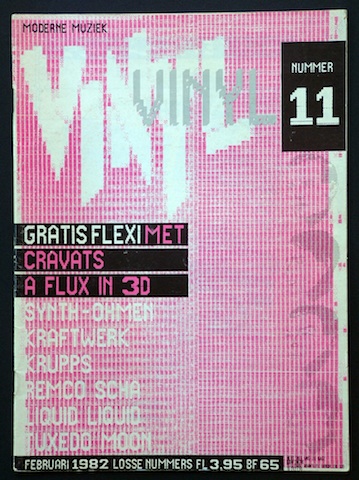
Erik Adigard. Absolut Adigard. 1996. Courtesy of Absolut Vodka.







In mijn gesprekken met grafisch ontwerpers gaat het opvallend vaak over archiveren en tegenwoordig vooral over 'digitaal bewaren'. Het valt me telkens op hoe verschillend er wordt gedacht over het nut en noodzaak van het duurzaam bewaren van digitale bestanden, maar ook hoe weinig informatie er voor 'niet-professionals' beschikbaar is. De meeste van mijn gesprekspartners beginnen uit te leggen dat ze vroeger braaf CD's en DVD's branden maar dat ze inmiddels beter weten en zijn overgestapt naar opslag op een extra harde schijf. Meestal geautomatiseerd.

We leven in een digitaal tijdperk waarin een groot deel van de wereldbevolking werkt en communiceert met voortdurend nieuwere vormen van technologie. Informatie wordt uitgewisseld via e-mail, muziek bestaat alleen nog op MP3’tjes, vakantiefoto’s worden bewaard op internet en met de overheid communiceren we via een digitaal loket.


| Forgotten and found. The 1984 Apple Macintosh pricing list. |
In 1982 Vinyl music magazine was designed using rudimentary computer printouts for its typography. The Apple Macintosh wasn't available then. Vinyl's design was experimental, clumsy, but it contained the idea that magazines might as well be computer generated. See the article on Vinyl, magazine for modern music (still to be translated). Affordable computer technology was still quite remote for me. 1984 Apple Macintosh brochure. Click on the image to enlarge in separate window. In 1984 I spent Dfl. 1000,00 on a Sinclair Spectrum 48K to investigate its graphic possibilities and get some understanding of "the computer". I started to use printed output of drawings and modified computer type for Paradiso posters, publications and explored its rudimentary animation capabilities. For me the Apple Macintosh was still out of reach, but I surely considered it to aquire.  On the bottom of a box, at the end of a wire bound stack of programming and software articles, programming prints and brochures, I found the folder and the pricing lists of the 1984 Apple Macintosh, peripherals and software. A good Macintosh system would cost about Dfl 10.000,00 then… It was the state of the art. If acquired I would have had an enormous lead. And of course financial worries. So I kept on fooling around and programming animations with my Spectrum, until 1986 when I finally could upgrade to the Macintosh to design Language Technology magazine. Now, I have lost all data and software of the Spectrum. It was stored on tape, I have failed maintain the machine that I don't know how to operate anymore now and I guess all the data has eroded from the cassette tapes. (MK) 1984 early newspaper ad from an Amsterdam Apple reseller. Click on the image to enlarge in a separate window.  1984 Apple Macintosh pricing lists. Click on the images to enlarge in separate windows to compare the availability and prices of Macintosh equipment.         |